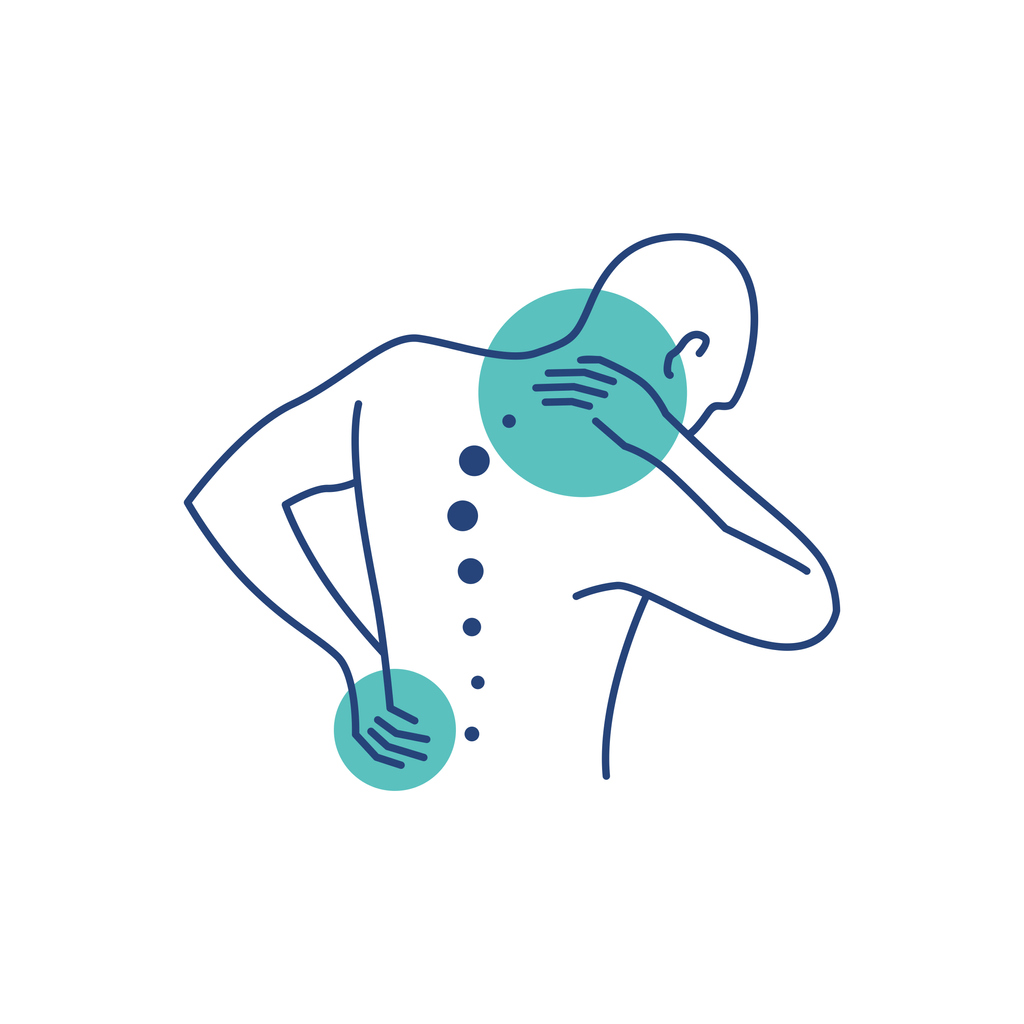Living with Chronic Pain
Pregnancy and Back Pain

Back pain is a common ailment during pregnancy. It is generally felt in the low back and may radiate to the buttocks and down the legs. Most pregnant women experience some back pain, especially during the second half of pregnancy.
Why does back pain develop during pregnancy?
There are several reasons why back pain occurs during pregnancy. These include, but are not limited to, the following:
- Weight gain
Women typically gain between 25 and 35 pounds during pregnancy. The extra weight concentrated at the abdomen places added strain on the spine. - Shifted center of gravity
As a fetus grows, the mother’s center of gravity shifts forward. She may lean back to compensate, which strains the muscles in the lower back. - Hormones
During pregnancy, a woman’s body releases the hormone relaxin. This hormone relaxes the ligaments in the pelvis to prepare for delivery. However, it can also relax the ligaments that support the spine, leading to instability and pain. - Stress
Emotional stress can cause muscle tension and pain in the back.
Women with pre-existing back conditions or back pain are at higher risk for developing pregnancy-related back pain. Women with multiple pregnancies are also at increased risk.
Tips for dealing with the pain
Taking some simple steps can help reduce or even prevent pregnancy-related back pain:
- Try temperature therapy. For two or three days after the onset of back pain, apply cold compresses or ice packs to the back several times a day for approximately 20 minutes per application. In the following days, apply heat to the back to relax the muscles and reduce pain.
- Work on posture. When sitting, standing, or walking, make sure the back is straight, the shoulders are relaxed and set back, and the chin is level.
- Get regular physical activity. Physical activity can keep the back muscles strong and reduce pain. Examples of low-impact activities to try during pregnancy include prenatal yoga, walking, water exercise, and stretching. Always consult a medical professional before beginning any new physical activity.
- Try a maternity support belt. These belts help support the extra weight in the abdomen, relieving some pressure from the spine.
- Get a prenatal massage. Massage therapy can help relax the muscles and reduce stress. Try to find a massage therapist who has experience working with pregnant women and the equipment needed for an effective prenatal massage. Prenatal massages should never be done in the prone (face down) position. The American Massage Therapy Association recommends lying on the side of the body for prenatal massages.
- Change sleeping positions. Sleep on the side of the body, not on the back. Add pillows under the belly, between the knees, and behind the back.
- Lift with care. Lift with the legs, not with the back. Squat down instead of bending forward when lifting an object. Ask for help when needed.
If back pain is severe, lasts longer than two weeks, or is accompanied by other symptoms, such as fever, vaginal bleeding, or burning during urination, medical attention is necessary. However, most pregnancy-related back pain is not serious and eases after giving birth.

















